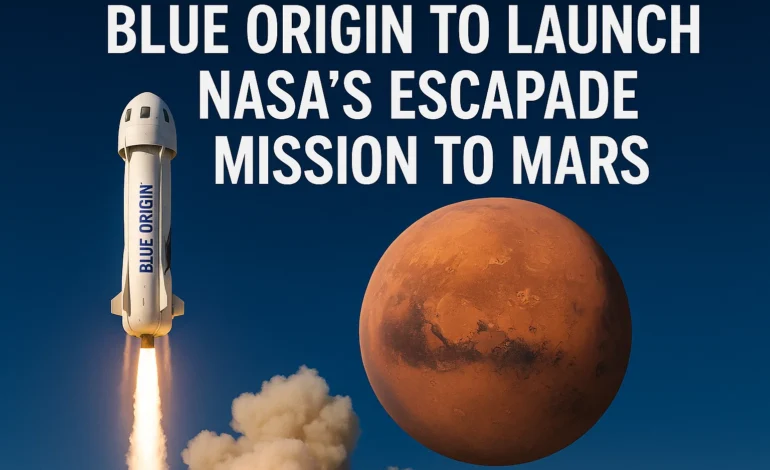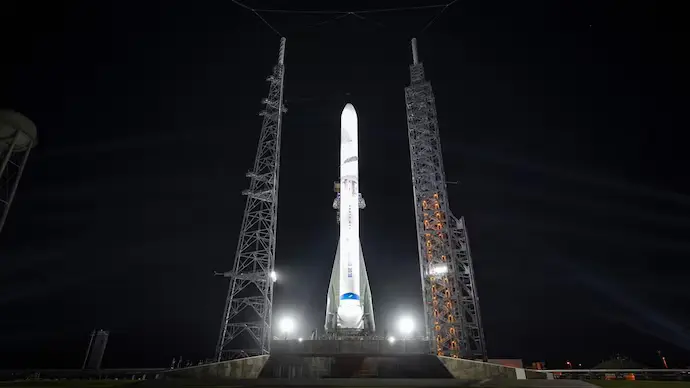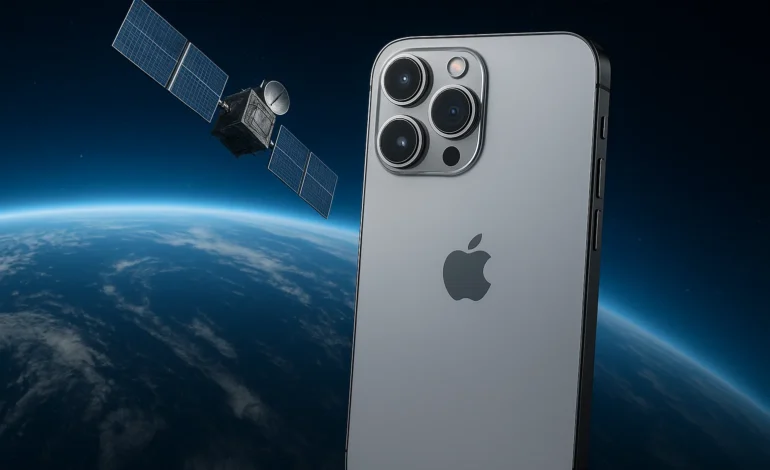Blue Origin Launch to Carry NASA’s ESCAPADE Mission to Mars

Table of Contents
The keyphrase “Blue Origin Launch” takes centre stage today as Blue Origin prepares to launch the second-ever flight of its heavy-lift New Glenn rocket, carrying the ESCAPADE twin-satellite mission for NASA. Scheduled to lift off from Cape Canaveral Space Force Station on Sunday, 9 November 2025 at 2:45 p.m. ET (19:45 UTC).
This marks a pivotal moment: two small NASA probes (named Blue and Gold) head out to Mars via a commercial launcher, and Blue Origin attempts a booster-landing recovery for the first time on a high-stakes mission.
For investors in the space sector—and broader market watchers—this “Blue Origin Launch” underscores how commercial and governmental space activities are converging, with implications for launch-service valuation, competition in the orbital arena, and long-term growth in the private-space ecosystem.
In this article, we’ll unpack three major areas: the commercial space trend, specifics of the New Glenn/ESCAPADE mission, and the investor takeaways.
Commercial Space Trend – Why a “Blue Origin Launch” matters
Private launchers gaining ground
We’re seeing a surge in commercial space-launch activity. The New Glenn rocket, standing about 98 metres (322 feet) tall, represents Blue Origin’s entry into heavy-lift, orbital services. For investors, the fact that NASA is contracting a private launch provider for a Mars-bound mission signals a shift: governmental reliance on commercial vehicles is growing.
This shows that service-provider valuations, margins and backlog in the space-launch industry are becoming more investable. The “Blue Origin Launch” is emblematic of that pivot.
Reusable technology stakes
Blue Origin fails to land its first stage on its maiden flight in January 2025, but aims to attempt landing again in this mission. Reusable booster landing has been a differentiator for SpaceX; Blue engaging this capability raises the competitive pressure. For investors, that means margins may shrink but players who master re-use stand to widen their market.
Mission specifics – The ESCAPADE payload and New Glenn rocket
Mission profile & science objectives
The ESCAPADE mission (Escape and Plasma Acceleration and Dynamics Explorers) comprises two identical spacecraft built by Rocket Lab and operated by University of California, Berkeley’s Space Sciences Laboratory. The mission budget is under USD 80 million.
After launch, the probes will first enter a “loiter” orbit near the Earth-Sun L2 point for roughly 12 months, then use a gravity assist from Earth in November 2026, and arrive at Mars approximately 10 months later. Their key science goal: map Mars’ upper atmosphere, ionosphere and magnetosphere in 3-D to understand how solar wind stripped the atmosphere.
Launch vehicle & business implications
New Glenn’s second flight (“NG-2”) will be the first interplanetary mission for the vehicle. The rocket can deliver ~45 metric tons to LEO; heavy-lift capacity places it in competition with legacy systems. Blue Origin will again attempt the first-stage booster landing on barge “Jacklyn” off the Atlantic coast.
This “Blue Origin Launch” demonstrates two things: one, commercial heavy-lift is no longer future speculation; two, the cost basis for launching interplanetary missions is compressing (under USD 80 m in this case).
Investor takeaway
For those evaluating investment opportunities in space infrastructure, this launch gives a real bellwether: successful launch + booster re-use demonstration = increased technological and business credibility. Watch for launch success, booster landing outcome, and future contract awards.
Bottom Line
In summary, the “Blue Origin Launch” of NASA’s ESCAPADE mission aboard the New Glenn rocket represents a landmark in commercial-government space collaboration. It underlines the shift toward private players in deep space missions and places Blue Origin at the forefront of heavy-lift, reusable-booster competition.
For investors, the event provides a real-time case study of business execution, frontier-tech risk, and future growth potential in the space-launch sector. Looking ahead, success on this date (9 November 2025) could unlock new contract flows and valuation uplifts, while failure could increase perceived sector risk. As ever, we recommend watching for flight outcome, booster recovery status, and subsequent commercial contract announcements.




